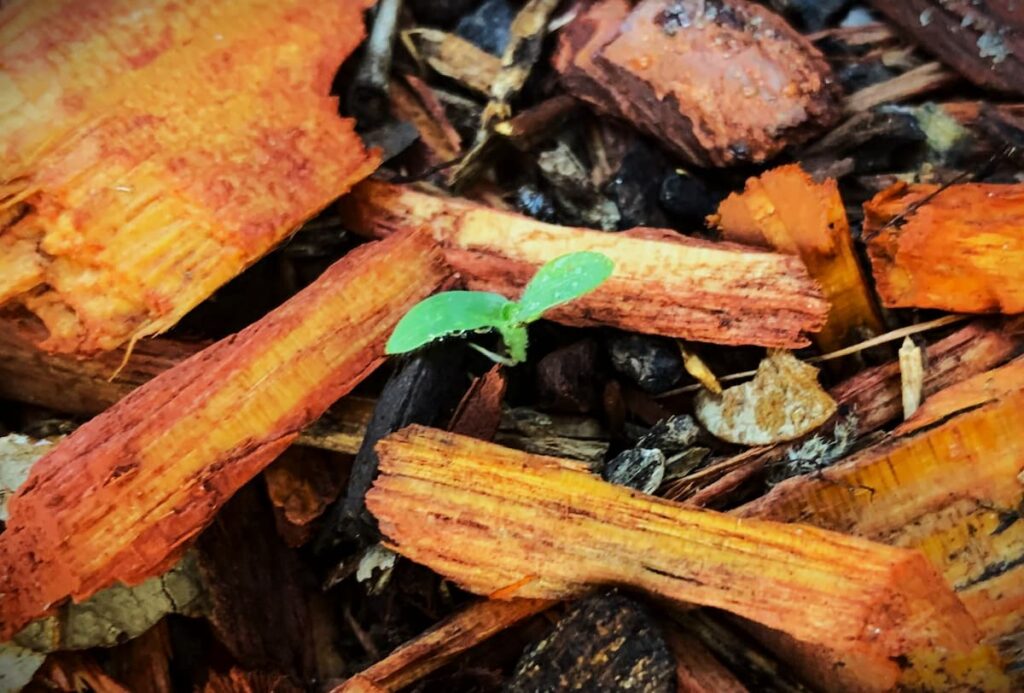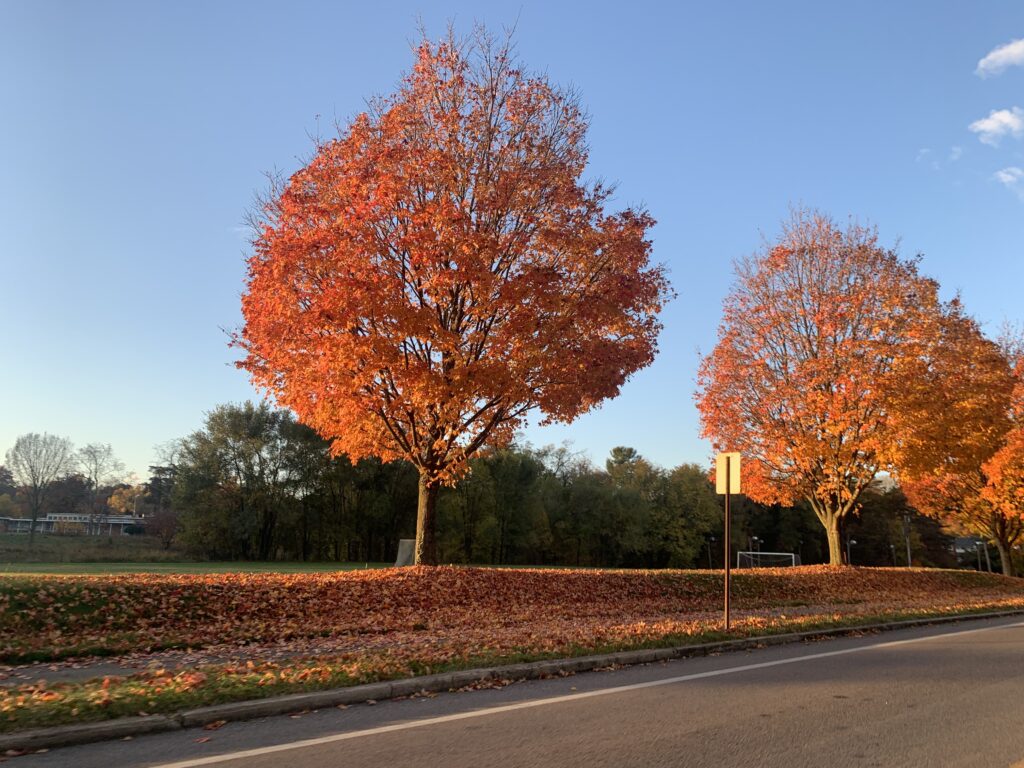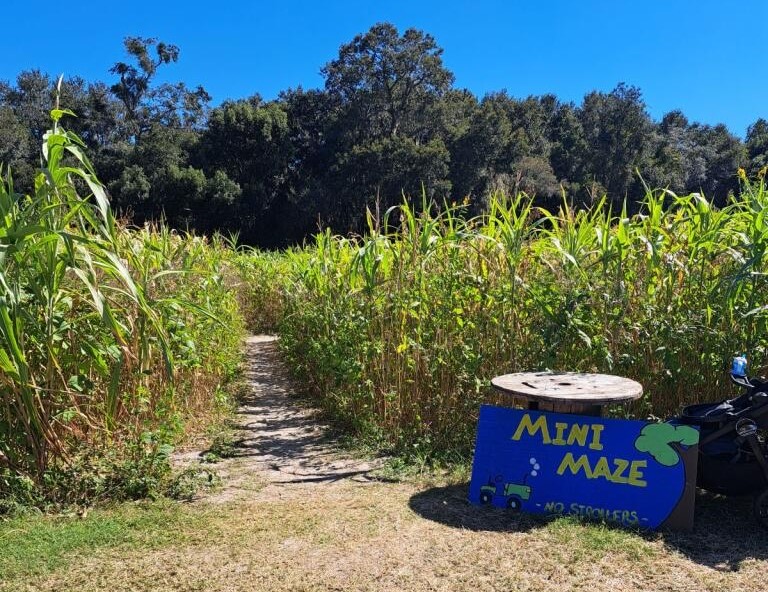I remember my dad teaching me about monocots, dicots, and cotyledons when I was a kid. He was taking me on a nature walk when I was maybe nine or 10 years old, and he schooled me in some of the basic lessons of the great outdoors.
He taught me how to burn a leaf using the light of the sun and a magnifying glass… He showed me how to whistle using a blade of grass… And he taught me about cotyledons, monocots, and dicots.
Now, I’m not that good at whistling with a blade of grass, and I’m not about to start a fire by focusing sunlight onto a leaf with a magnifier.
But I do know a thing or two about the differences between cotyledons, monocots, and dicots! So, let’s dive into some of this most basic of botany terminology…
Getting “Cot” Up in Lingo
You may have noticed by now that the three terms introduced above – monocot, dicot, and cotyledon – all have a similar part of speech in the syllable “cot.” But the connection becomes even clearer when we reveal that the words “monocot” and “dicot” are simply shortened versions of their full terms, which are monocotyledon and dicotyledon.
Mind blown yet?
Let’s keep going…
Cotyledon is a word with Greek and Latin roots that means embryonic leaf in plants that are borne from seeds. Cotyledons are the first leaves that will sprout from a germinating plant. While they’re not usually considered to be true leaves, they’re regarded as seed leaves. They’re critical in providing nutrition to the plant both in its embryonic state and after it has emerged from the ground and is establishing photosynthesis – the process plants use to convert sunlight, water, and carbon dioxide into sugar and emit oxygen.

The number of cotyledons on a new flowering sprout will help you determine if the plant is a monocot or a dicot. What are these? Let’s talks ‘cots…
Monocots Vs. Dicots
Flowering plants – otherwise known as angiosperms – are divided into two groups. By now, you probably know where we’re going with this. Those two groups are monocots and dicots. Here are the basics on how they differ:
- Monocots
- Contain one cotyledon leaf
- Have parallel veins in the leaves
- Produce a fibrous root system
- Floral elements typically grow in threes
- Exhibit a complicated or sporadic vascular system
- Dicots
- Sport two cotyledon leaves
- Leaves have veins that branch off either side of a central vein
- Typically a main taproot is present in the root system
- Floral parts grow in multiples of four or five
- The vascular system is organized in a ringlike fashion
Examples of Monocots and Dicots
When my dad was teaching me about monocots and dicots, the lesson on the vein patterns of the leaves really stood out to me. Another lesson? Grasses are typically monocots, while trees are usually dicots. Of course, there are exceptions to these “rules.”

But as someone still of elementary school age, those basics really implanted some of the most visual differences between monocots and dicots.
Here’s a look at some common examples of monocots and dicots:
- Examples of Common Monocot Plants
- Corn
- Daffodils
- Iris
- Onion
- Orchids
- Examples of Common Dicot Plants
- Maple
- Daisies
- Apples
- Roses
- Tomatoes

Some plants don’t abide by all the monocot and dicot rules… Do you want to know what plant really surprised me? Palms! Growing up in the Sunshine State, many of my fellow Floridians regard palms as trees. But guess what? They aren’t really trees at all. They’re monocots, and they are best classified as a type of grass. Why’s that, you may ask? Palms don’t have secondary growth, such as branches or stems. Nor do they have a main taproot. They also don’t grow woody tissue such as bark (monocots don’t have any woody growth in the traditional sense).

Cut a palm tree down and you won’t see rings, like an ordinary tree would have indicating each year’s output of new growth.
But palms do make for fantastic company on a sunny Florida beach…
